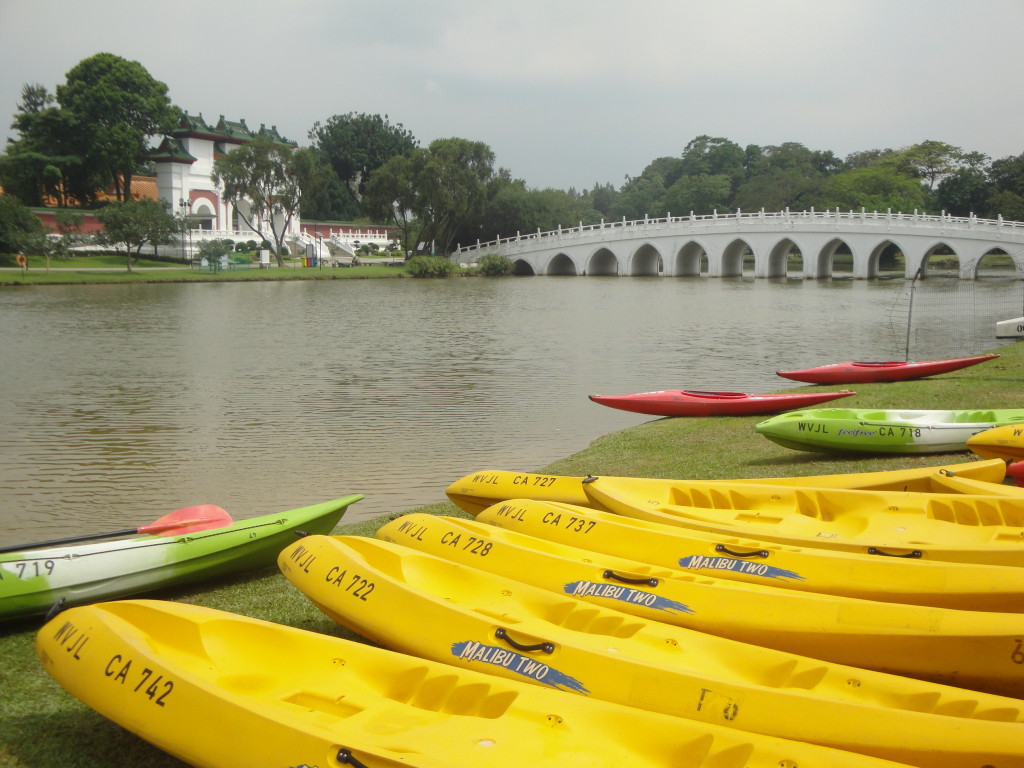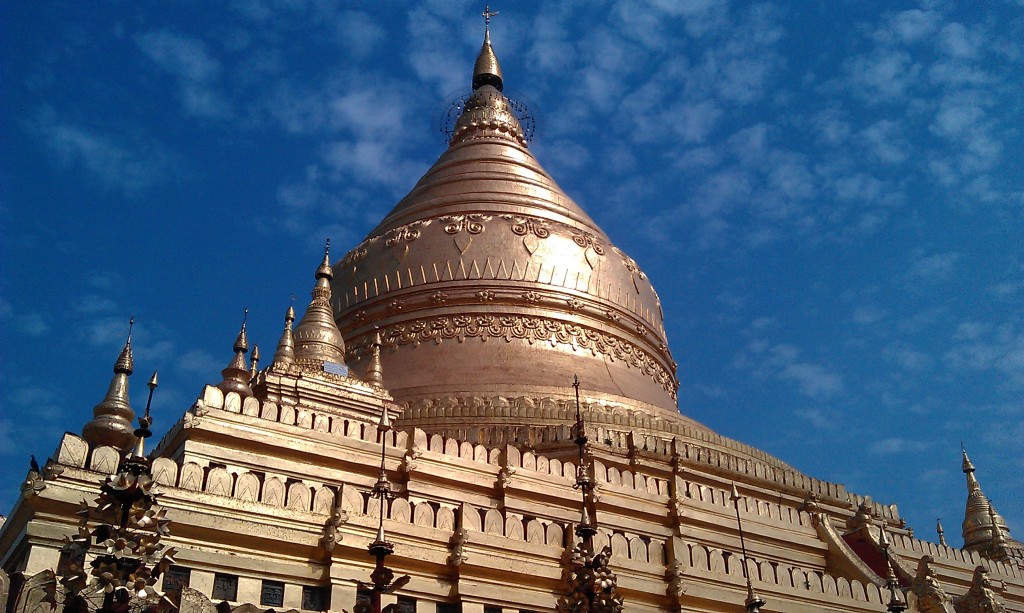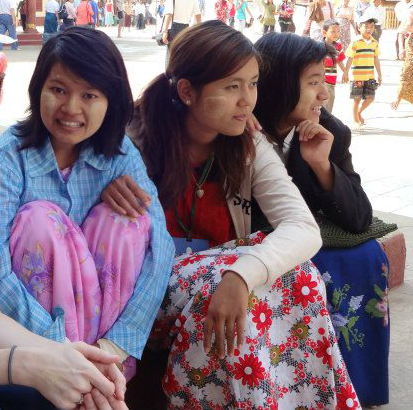Published on May 1, 2013 in the Singapore American Newspaper:

Kayaks on Jurong Lake
If spending time outdoors in Singapore’s oppressive heat seems daunting to you, I suggest venturing out onto water. Luckily, you don’t have to brave the ocean or submit to the rigorous routines of dragon boating in order to enjoy skimming across the water’s surface. Kayaking around Singapore’s peaceful, contained reservoirs can sometimes feel like paddling around a fishbowl and the more adventurous among you might prefer to tackle the salty coasts to venture to nearby islands. But the reservoirs are ideal for young or inexperienced boatmen and they can offer unique views of the familiar skyline. Plus, it is hard to deny how refreshing an afternoon on calm water can be.
Water-Venture’s branch in the Kallang Riverside Park is a welcoming, clean facility that’s well stocked with all sizes of paddles and life jackets. The efficient staff members got us on the water in less than twenty minutes for less than $20 a person and were even friendly enough to laugh at my dad’s jokes. There are a number of other locations where beginners and experts alike can rent a kayak—the Bedok Reservoir, Jurong Lake, the Lower Selator Reservoir, Changi Beach, Marina Bay, Sembawang Park—but Kallang is the favorite location among schools for training their kayaking teams. On weekends, the basin is regularly flooded with colorful clusters of boats but on an overcast Tuesday afternoon, we shared the waters with just one other kayaker and two duckboats, loaded with tourists who gleefully waved at us.
Buffeted by warm breezes and cooled by splashes of water, we paddled leisurely and took time to gaze up at Millenia Tower and Suntec City from novel angles. From this new perspective, the Marina Bay Sands hotel was completely framed by the gargantuan Singapore Flyer and the rolling glass domes of the Gardens by the Bay shimmered in the clouded light. The East Coast Parkway flew overhead but, except for the distant sounds of construction, it was surprisingly quiet.
If you’re eager to explore a less familiar part of Singapore, the suburbs that surround Jurong Lake feel like a friendly town far away from the crush of Orchard’s malls and the crowds that fill the CBD. Pack a picnic basket, a book, and a change of clothes in case you get doused while kayaking, and you could easily spend a whole day at the sanctuary of Jurong Lake Park. To test these waters, we rented sit-on-top kayaks since neither of us had the certificate of training required to rent a closed boat.
If it hadn’t been for the breeze the lake would have been utterly still. Plus it is generally even less crowded than the Kallang Basin, making it the perfect location for inexperienced or nervous kayakers. While floating on the peaceful waters we took in the sights of the Chinese Garden, the vibrant and tall pagodas, the MRT swooping above the dense treetops, and the apartment complexes that peppered the landscape. Unfortunately, not too long after we had paddled out onto the reservoir, a threatening storm sent down a bolt of lightning in the distance and an alarm called us back to shore.
Though this activity may not intrigue paddlers used to white rapids in thick jungles, urban kayaking is nevertheless an unexpected way to see the sights of the city, as well as a refreshing way to exercise outdoors in a tropical climate. Just make sure to bring plenty of sunscreen, a few bottles of water, and a willingness to get splashed.


